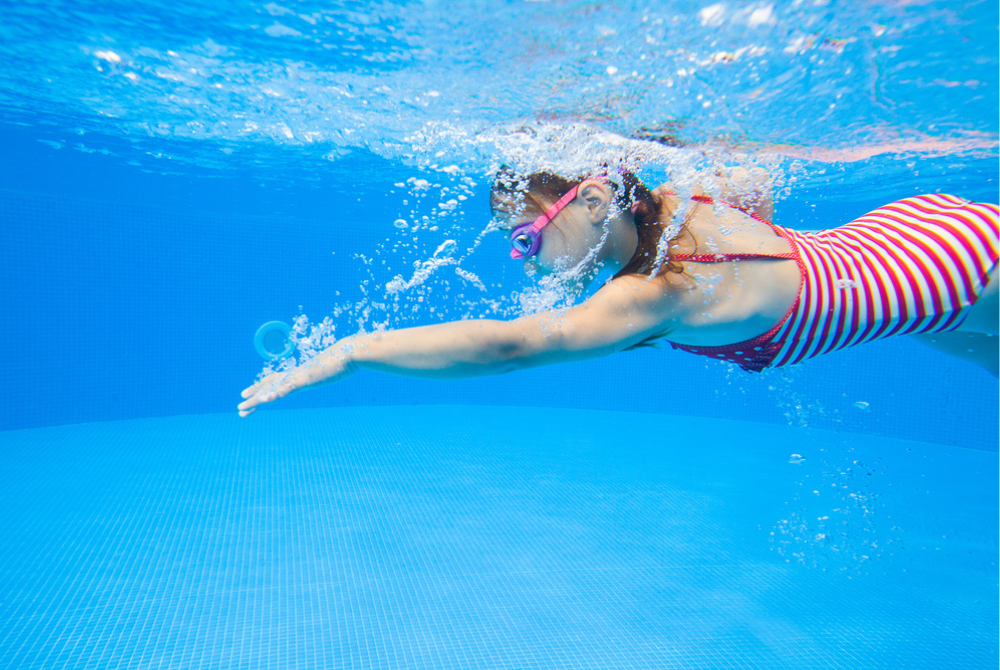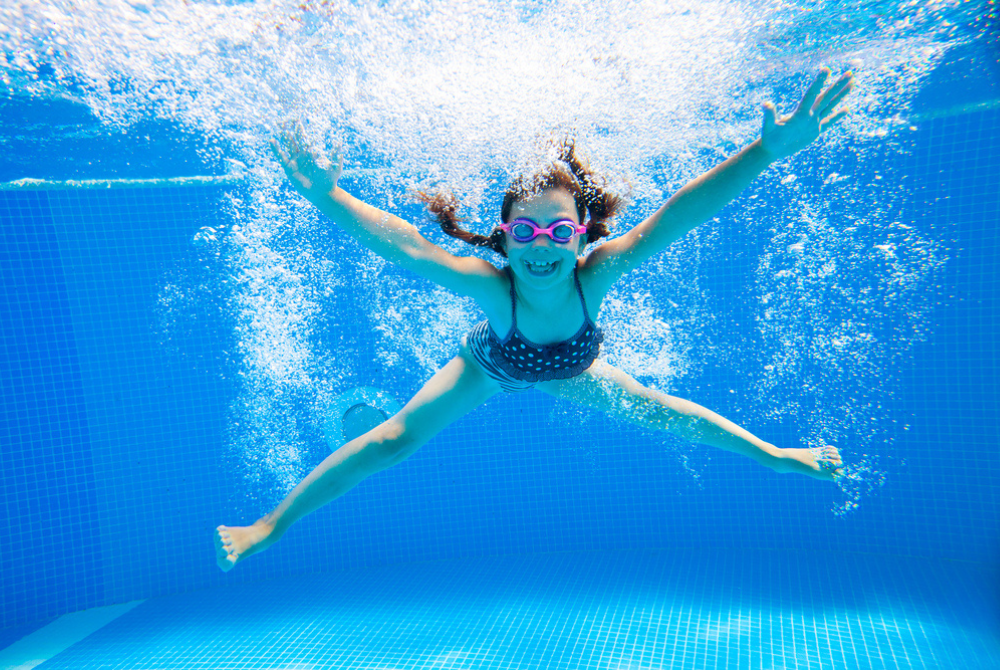Whether you're taking them to their first swimming lesson or they are an experienced swimmer, finding the right swimwear for your kids is essential. In New Zealand, we are lucky enough to have a vast range of options in terms of swimwear styles, so it can be challenging to know what will be best suited to your child.
Factors to consider when choosing children's swimwear
Read on as we take you through all the essential factors you should consider when selecting the perfect swimwear for your kids.
Sun protection
The sun can be very strong here in New Zealand, and it's essential to ensure your child is well protected against the harmful UV rays that can damage their skin. Fortunately, many of today's popular swimwear brands offer UPF ratings protecting from UVA and UVB radiation. You should look for a UPF rating of 50+, which means that 98-99% of UV radiation is blocked from reaching the skin. This is especially important if your child spends a lot of time in the water and you want to protect them from sunburn or other issues caused by overexposure to the sun.
Materials
The most common materials in kid's swimwear include nylon, polyester, and Lycra spandex blends. Each material has its advantages:
Nylon is lightweight and easy to care for, making it an ideal choice for children new to swimming.
Polyester is more durable than nylon and provides excellent stretch and shape retention properties. It's also fast drying, so your kids won't shiver after swimming!
Lycra spandex blends offer increased durability and flexibility, making them great for active children who like to move around in the water.
When selecting materials, ensure they are chlorine-resistant, so they don't fade or break down too quickly when exposed to chlorine or saltwater. Try to avoid 100% cotton options – this material can become heavy when wet, which can be uncomfortable for kids swimming around all day!
Price
Remember to consider price when selecting children's swimwear. It can be tempting to go for something cheap but remember that quality and durability are critical factors in choosing a good swimsuit – especially if your children wear it frequently or in particularly rough conditions.

Style
Consider what activities your child will be doing in the water (e.g., swimming laps or playing on inflatables) before deciding what costume best suits them. When it comes to style, there are many choices available these days ranging from classic one-piece suits to fun tankinis, rash guards, and board shorts with matching tops or t-shirts. It's also helpful if you select something with bright colours or patterns, as this can help keep track of them when they're in the water.
Size
Getting the right size for your child is essential for comfort and safety, so measure them accurately before buying any swimwear. Measure your child's chest, waist, and hips before selecting a size.
Here's how to measure your child for swimwear:
1. Chest: Measure around the fullest part of their chest, usually just under the arms.
2. Waist: Measure around their natural waistline, which is typically around 2.5 cm above their belly button.
3. Hips: Measure around the widest part of their hips and bum.
4. Length: Measure from shoulder to hip for one-piece suits or waist to leg for two-piece suits.
If you need help determining what size to get, it's always a good idea to check the sizing chart the retailer or manufacturer provided. This will help you find the perfect fit for your child without having to guess or return items if they don't fit.
Fit
Finding the right fit for your children's swimwear is essential, as a loose or ill-fitting suit can lead to slips, slides, and falls in the water. When choosing children's swimwear, look for styles with adjustable straps to get an exact fit and ensure the waistband doesn't ride up when your child wears it.
Comfort
Look for options with soft seams and a smooth finish so they won't irritate their skin. If your children are wearing board shorts or rash guards, opt for styles with pockets so they can store small items while swimming.
How to care for children's swimwear
With most swimwear needing to last through a few seasons, it's essential to know how to care for it properly. Here are a few tips and tricks to help make sure your children's swimwear lasts as long as possible.
Rinse after use
After every dip in the ocean or pool, rinse your kids' swimsuits before putting them away. This helps wash away any chlorine, saltwater, and sunscreen residue that may have built up during their time in the water. Leaving these substances on the fabric for too long could cause discolouration or fading. It's best to rinse with cold water (hot water can also cause fading) and then hang dry them in a shaded area - direct sunlight can also affect colour fade over time.

Hand wash
It's always a good idea to hand wash children's swimwear when possible. This is especially true for suits with embellishments or intricate stitching, as the washing machine's agitator can damage delicate details. When handwashing, use a mild detergent and cold water and rinse out any excess suds before hanging up to dry in a shaded area.
Avoid harsh cleaners
Harsh chemicals or abrasive cleaners can damage delicate fabrics such as nylon and spandex. Opt for gentle detergents free of bleach and other strong substances — these will get the job done without causing unnecessary damage. You can also use white vinegar as an alternative cleaner for hard-to-remove stains or discolouration caused by chlorine or saltwater.
Avoid fabric softeners
Fabric softeners can cause swimwear to lose its elasticity and shape over time, so it's best to avoid using them when washing children's swimsuits. Instead, opt for a mild detergent and cold water rinse, which will help keep the fabric flexible and provide long-lasting wear.
Dry thoroughly
Before storing the swimsuit away, ensure it is completely dry so that mould doesn't form on the fabric. Hang the suit up in a well-ventilated area (outdoors is ideal) before folding it in your child's drawer or swimming bag. It is also good practice to let suits air out between uses — this helps prevent bacteria from forming on wet fabric.
Still, need help?
Ask us at Fulton Swim School, and we'll help you find the perfect children's swimwear for your little one. Once you've found the right swimwear for your child, enrol them at our swim school and let our experienced instructors teach them water safety and swimming techniques. Our programmes are designed to help children of all ages and abilities learn to swim in a safe, supportive environment. Sign them up today and let us help your child become a confident swimmer.
We look forward to seeing you at the pool!
